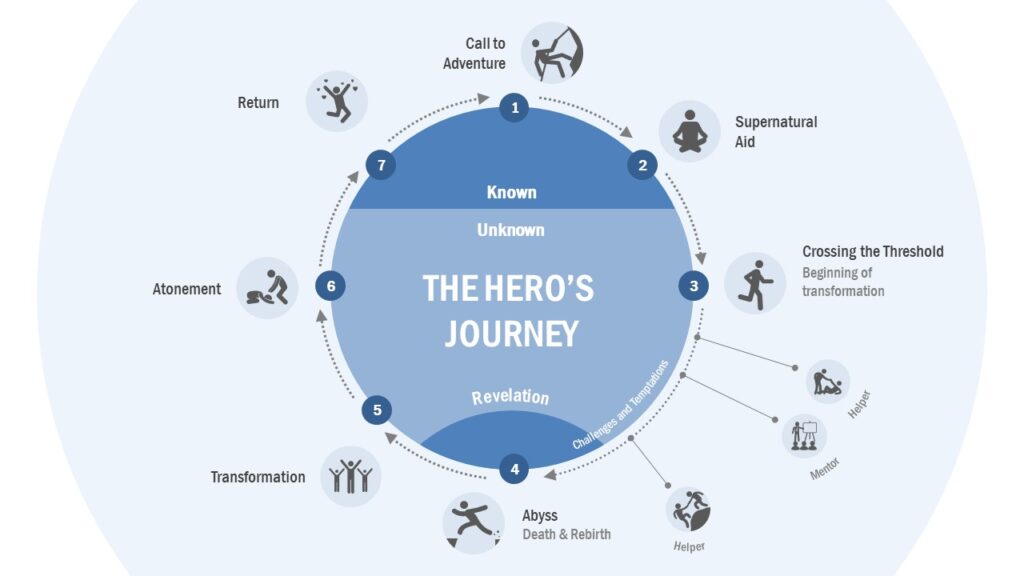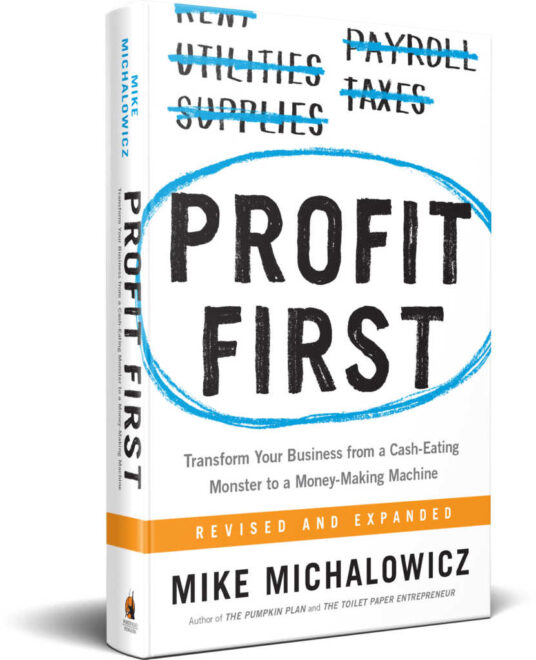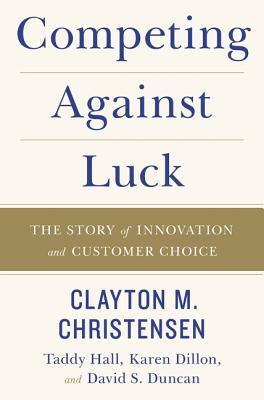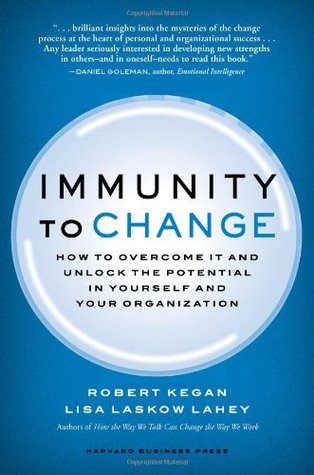I joined a mastermind network earlier this year and began guesting in meetings outside of my market in May. With 44 total guest appearances, that is an average of 5.5 90-minute meetings per month.
The format for these meetings varies from group to group, but one of the most consistent things is that it is a 90-minute meeting once each month rather than for example the half or full day that some groups put in.
After having guested in 44 of those groups, this is what I have learned about what it takes to both run and also be a solid contributor to a mastermind meeting.
Leading a Great Mastermind Meeting
Undoubtedly, it is more difficult to lead and build something than it is to take advantage of it after-the-fact. And, there are many more ways to do something poorly than there are to do it well. Fortunately, if you are motivated by opportunities for improvement, this is why the statement that the path to success runs through failure is so true. Hopefully, if you are a mastermind leader, you can use some of this information to make your investment return as much as possible.
Without further ado, what I believe it takes to lead a great mastermind meeting:
Respect the participants’ time.
It is difficult to start meetings or anything else on time. I get that. We’re all running from one thing to the next, and it is nice to be able to ease into things with some personal conversations, discussions about the weather, or whatever else, but most mastermind groups are made up of people that are executives and CEOs, whose time is expensive. And, they’re paying to be there, so start your meetings on time, set an agenda, and stick to it. If anything I already mentioned, like personal conversations, are valuable to your potential outcomes, make a deliberate and overt decision to have that be part of the agenda.
Prepare for the meeting.
Unlike most participants, the meeting leader has to prepare. If you’re meeting in person, you have to secure the space and likely food or beverages. If it’s virtual, you still need an agenda and featured topics, members, or guests. Sadly, no one is going to take care of these things except the meeting or group leader or someone they delegate to.
While not having food or beverages is not the worst thing in the world, not having a feature and having to ask, “Does anyone have anything they want to discuss?” is nearly always a meeting and value killer. It can occasionally result in valuable conversations, but that is far from guaranteed. And in my experience, that almost always results in a wasted meeting.
Do not go into the meeting without a planned and prepared feature member, speaker, or topic.
Establish continuity.
In addition to developing a consistent format that you stick to, one of the least common, but most valuable, things I have seen group leaders do is a checkin at the beginning and end of every meeting. Typically, this takes the form of going around the room, asking for a 1-10 score/status on your personal and business life (lives?), and then soliciting an answer to a general question like, “What is the biggest news at home or at work from the last month?”
The continuity piece comes in the ability to extend a conversation about one of these issues over multiple meetings. For example, I experienced one group speaking with a participant about what was going on in their business because their score had been low for months, but in this particular meeting, they finally raised it.
Rather than just having a topic-of-the-month and not much more than the individuals or the format that tie things together, this checkin allows for participants to extend consideration of and discussion about a topic over a longer time, which also helps with the next item.
Build community.
The best groups I have guested in had members that demonstrated that they were invested in the group, the time, and their fellow members. This exhibited itself in how open and vulnerable some of the featured members were and how frank, but clearly caring, the other participants were with their questions and recommendations.
The worst groups I have guested in had members that knew little to nothing about one another, featured members that had not prepared, and discussions that rarely got beyond the feedback that you could get from anyone on the street. Additionally, some of the worst groups typically had a majority of members that said that they wanted to be in person more, wanted greater depth of conversation, and so on. But as far as I could tell, they were not making an effort to drive to a meeting place, really focus on giving genuine help, or otherwise investing their time and effort. They might have wanted those things, but the individuals had either gotten tired of making the effort without it being reciprocated, or they simply talked the talk and never followed it up with action.
I believe that a large portion of the potential for community in a group of 10-20 people from different industries, who often have no pre-existing connections to one another, comes from the natural predispositions of the members to genuinely invest in one another and connect one on one rather than for example from some already existing community standards that the members opt into or adopt when they join. That being said, the behaviors and activities that I could see fostered a strong sense of community were:
- The group leader investing in each new member. Getting to know them, helping them understand how to make the most of the group, and so on.
- Members working to build relationships outside of the meetings. Setting up one on one coffees, working to understand how they could help each other, having social times such as parties or happy hours, etc.
- Members investing their time and attention.
- Members being open, honest, and vulnerable.
Set standards.
Years ago, my wife and I went to Thailand. At one of the temples, they would not let us in because we were both wearing shorts. The fact that we had to purchase and don pants in order to enter the temple felt like an unnecessary restriction, but by enforcing a certain dress code, officials at that temple were working to establish a specific environment that generated certain outcomes.
At any point in life, we can feel that some rules are silly or unnecessary, but in most cases, groups have rules and standards because those things facilitate achievement of the group’s goals. The same should be true of a mastermind group.
Some of the basics should be:
- Stick to a schedule.
- Prepare an agenda.
- Ensure that your featured speaker or member is ready and equipped for their time.
- Enforce a discussion format. Generally, asking questions before moving to recommendations is a good idea for example.
- Encourage deep, genuine, and vulnerable conversation. I don’t mean vulnerable in the sense that people just talk about their weaknesses, but rather that the speakers are open and transparent in an effort to get to the best possible solutions.The encouragement part of this also involves members, or at least the leader, courageously calling out when for example someone veils a recommendation as a question during the question portion.
- Make sure that everyone shows up on time, stays the whole time, and pays attention. Unexpected things happen, and there are times when for example someone has to leave early for something they cannot miss, but the number of times I’ve been in bad meetings due to people multi-tasking, showing up late, or showing up just to pitch their company and then leaving is astounding.
Being a Valuable Mastermind Participant
Let’s be honest. It’s not that difficult to just show up and follow some rules. It is more difficult to be completely open and honest about personal flaws, insecurities, or sensitive topics, but that is also manageable if trust can be established.
After guesting in 44 groups, this is what I believe it takes to be a good participant in a mastermind meeting:
Invest your time and attention.
It does not matter whether you’re a CEO, a hairdresser, or a stay-at-home parent. We’re all busy. We’re all short on time. Don’t disrespect your fellow participants by showing up late, not sticking around, or not paying attention. You and I have both paid to be here. Don’t waste my money and time because you don’t value yours.
I get it that–especially with a virtual meeting–you’ve got your email and Google and who-knows-what-else right there. And for in-person meetings, you have your phone and smartwatch or whatever else. But, we’re all paying to be here, and some of us are really investing a lot in you and ourselves. If you’re multi-tasking, you’re not invested. If you show up late or leave early, that detracts from the flow and the quality of conversation. And if you really aren’t invested in being helpful, I could just as easily have talked to anyone. Why pay to be a member of a group of leaders if I cannot get better advice than what I might otherwise find on the street?
Love the problem, not your solution.
I have a bad habit, a common one but still a bad one. When I think I have the answer, I so want to be right. And when I think I have the solution to your problem, I tend to forget that maybe there are important details I don’t know about. And, I probably stop asking questions that might help me better understand the issue. Unfortunately, the same is true of a lot of people.
Some of the best run mastermind meetings I have been in ask for the featured member to answer a standard set of questions in advance so that the other participants do not come in blind. They can have spent some time reviewing the topic or issue and letting it rattle around in their heads so that they come to the meeting prepared. Then at the meeting, the member is asked to give a synopsis of the issue and what they are seeking from the group. And finally, the group has two time blocks dedicated first to asking clarifying questions and second to making recommendations.
Two of the most valuable aspects of the time for clarifying questions are that this often helps break the featured member free from their existing way of thinking about the challenge, so that they might actually solve the problem themselves, and it aids in the other members getting a better understanding so that they can give advice that might actually be unique and useful.
Ask questions.
If you think you know better than someone else, if you think you have the answer, you stop asking questions and demonstrating curiosity. And most of the time if you just tell someone what to do rather than having them come up with the solution themselves, you make it much more difficult for them to take responsibility for their actions.
The reason is that, if what you recommend does not work, it’s your fault not theirs. It was your idea. And if what you recommend does work, you’ve encouraged that they seek creative solutions from others rather than believing that they can solve their own problems.
Let’s be honest. In a group that includes a CPA, a lawyer, a banker, a management consultant, a marketer, and so on, there are a lot of challenges that each person might encounter that are unique to that industry or vertical. And if you are outside of the issue, it is unlikely you will have a better solution than the person that brought the challenge to the group. That being said, you might have a new way of thinking about the situation, so rather than saying, “Try this,” or, “Do that,” consider asking, “Have you thought about…” and, “What do you mean when you say…”
Stick to the format and structure.
My goodness, people. It’s not that hard. Almost no groups that I have guested in have been able to successfully follow through on this though.
Group leader: “We spent a lot of time on introductions last meeting, so even though we have a few guests this time, let’s just do the shortest elevator pitch description of yourself you can do. Name, role, and industry. That’s it.”
Inevitably, one or two people follow the format at first, the third forgets and doesn’t follow the format, the fourth tries to get back on track, and from the fifth on it’s just abandoned altogether. So, what could have been 20 people introducing themselves in 10 minutes or less turns into a 30-minute segment in which a feel people at first said 10 words over a 30-second intro and some of them say hundreds over 5-minute soliloquy.
There is such as thing as positive constraints. These are generally defined as limitations that benefit the situation. Whether you are in a debate club, the NFL, or a court of law, an agreed upon set of rules that we all follow allows us to get more out of the engagement than we would without those constraints. The same is true in mastermind groups.
If your group–or your group leader–provide some guidance for the benefit of the group, just follow the damn rules.
Don’t sell. Help.
Whether in the meetings themselves or in one-on-one discussions, the number one reason participants ever gave me for feeling the meetings were not valuable was that other participants were too salesy. While I hesitate to judge too much because I honestly did not experience much of that, I can imagine what it would be like. And as it relates to some of these points more broadly, you as a member of a group–and your fellow members as well–simply are not going to get as much out of the time as you could if you are more focused on overt lead generation than on actually trying to help your fellow meeting participants deal with the challenges they face.
I hope this has been helpful–whether you are considering joining a mastermind, you’re a leader, or you are just a participant yourself. If I can help you with anything mastermind related, shoot me a line at eric@inboundandagile.com.































